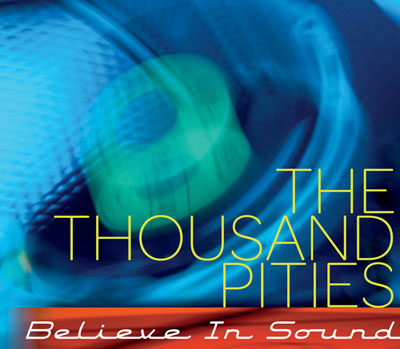

The lessons learned from target-physics and implosion experiments are taken into account in ignition and high-gain target designs for laser wavelengths of 1/3 im and 1/4 im. The advantages offered by the alternative approaches of fast ignition and shock ignition and the issues associated with these concepts are described. A polar-drive concept has been developed that will enable direct-drive-ignition experiments to be performed on the National Ignition Facility.
BUILDING BROWN NUMBER PRESS 611P SERIES
The evolution of cryogenic implosion capabilities, leading to an extensive series carried out on the 60-beam OMEGA laser, is reviewed together with major advances in cryogenic target formation. Room-temperature implosions have provided an increased understanding of the importance of stability and uniformity. Advances in shock timing and equation-of-state measurements relevant to direct-drive ICF are reported. Thermal transport modeling, important to the interpretation of experiments and to target design, has been found to be nonlocal in nature. Filamentation is largely suppressed by beam smoothing. The two-plasmon-decay instability, stimulated Brillouin scattering (together with cross-beam energy transfer), and (possibly) stimulated Raman scattering are identified as potential concerns, placing constraints on the laser intensities used in target designs, while other processes (self-focusing and filamentation, the parametric decay instability, and magnetic fields), once considered important, are now of lesser concern for mainline direct-drive target concepts. Several coronal plasma physics processes are reviewed. The effects of hydrodynamic instabilities are mitigated by a combination of imprint reduction and target designs that minimize the instability growth rates. Nonuniformities imprinted on the target by laser irradiation have been addressed by the development of a number of beam-smoothing techniques and imprint-mitigation strategies.


The primary absorption mechanism at short wavelengths is classical inverse bremsstrahlung. The main physics areas relevant to direct drive are reviewed. The problem of suprathermal electrons and the target preheat that they caused, associated with the infrared laser wavelength, led to lasers being built after 1980 to operate at shorter wavelengths, especially 0.35 im-the third harmonic of the Nd:glass laser-and 0.248 im (the KrF gas laser). The review starts with the basic understanding of laser-plasma interactions that was obtained before the declassification of laser-induced compression in the early 1970s and continues with the compression experiments using infrared lasers in the late 1970s that produced thermonuclear neutrons. The review focuses on the evolution of scientific understanding gained from target-physics experiments in many areas, identifying problems that were demonstrated and the solutions implemented. The direct-drive, laser-based approach to inertial confinement fusion (ICF) is reviewed from its inception following the demonstration of the first laser to its implementation on the present generation of high-power lasers. (Received 6 February 2015 accepted published online 25 November 2015) Zuegel1ġ Laboratory for Laser Energetics, University of Rochester, Rochester, New York 14623-1299, USA 2Department ofPhysics and Astronomy and Department ofMechanical Engineering, University ofRochester, Rochester, New York 14623, USAģPlasma Physics Division, Naval Research Laboratory, Washington, DC 20375, USA 4Lawrence Livermore National Laboratory, Livermore, California 94550, USAĥDepartment ofElectric, Electronic, and Information, Graduate School of Engineering, Osaka University, Osaka, Japan Plasmas 22, 110501 (2015) doi: 10.1063/1.4934714 View online: View Table of Contents: Published by the American Institute of Physicsĭirect-drive inertial confinement fusion: A review Direct-drive inertial confinement fusion: A review


 0 kommentar(er)
0 kommentar(er)
